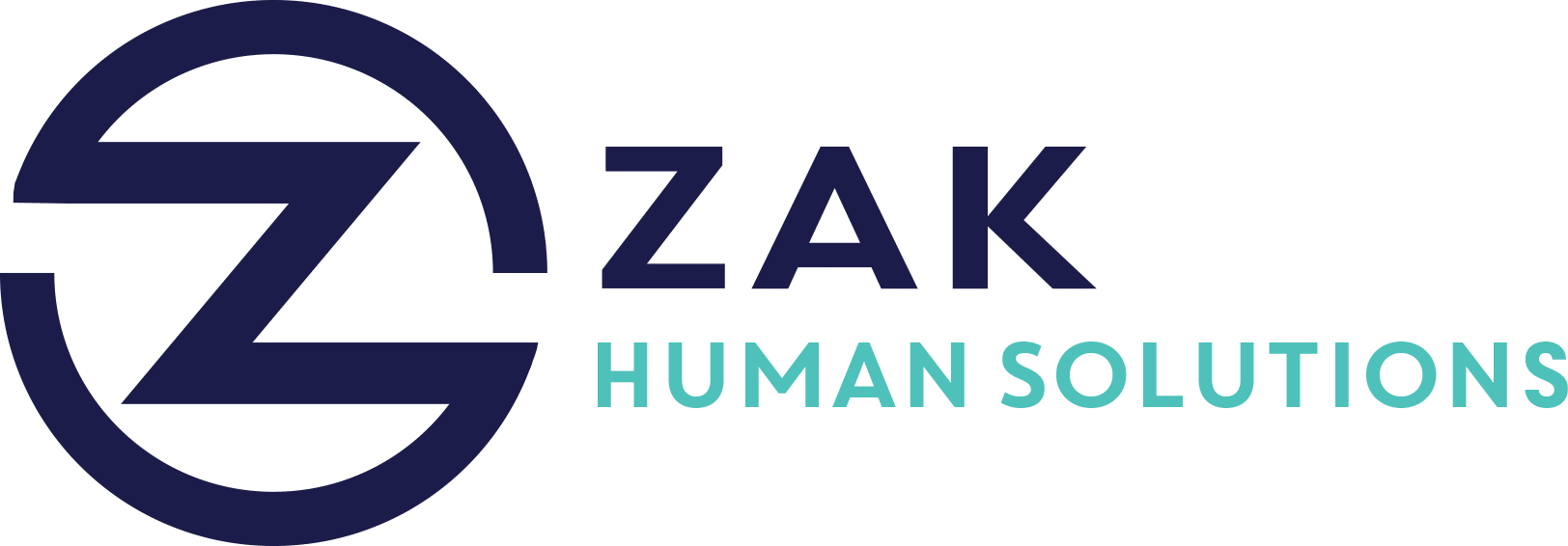In the rapidly evolving landscape of modern employment, one strategy is emerging as a catalyst for change—internal mobility. By focusing on the potential within their existing teams, companies can build more resilient, motivated, and loyal workforces ready to tackle the challenges of tomorrow. As we step into 2025, internal mobility will not only transform hiring practices but also redefine organizational success.
The Shift Towards Internal Mobility
The traditional focus on external hiring is being reconsidered as organizations seek sustainable and efficient ways to manage talent. Internal mobility—promoting and reskilling current employees—provides a strategic advantage that extends beyond mere staffing concerns. This shift reflects a growing recognition of the value already embodied within a company’s workforce.
1. Reducing Turnover and Boosting Retention
Retention of skilled employees is a pressing challenge for businesses worldwide. Internal mobility directly addresses this issue. According to LinkedIn, employees who transition internally are 40% more likely to stay with their company for a minimum of three years. Furthermore, businesses with robust internal mobility programs see 53% longer tenures overall.
- Empowerment and Loyalty: Internal mobility empowers employees, promoting a sense of purpose and value that strengthens their connection to the company. This results in a more invested and motivated workforce.
2. A Cost-Effective and Time-Saving Hiring Strategy
External recruiting is often an expensive and lengthy endeavor, laden with onboarding processes and initial learning curves. Conversely, internal mobility offers a more efficient, streamlined approach.
- Familiarity and Integration: Employees promoted from within already comprehend company culture, policies, and practices, enabling them to assume new roles with minimal disruption.
- Strategic Choice: Internal mobility reduces the frantic competition for external talent, aligning efficiency with improved morale and long-term employee loyalty.
3. Driving Organizational Growth and Innovation
Internal mobility goes beyond simply filling vacancies. It nurtures a culture of continuous learning and adaptability—crucial traits in today’s dynamic market.
- Cultivating Creativity: As employees take on new challenges, their problem-solving skills and creativity are enhanced, fueling innovation within the organization.
- Adaptability: A workforce that is continually learning and evolving is better equipped to meet shifting industry demands.
4. Strengthening Culture and Building Leaders from Within
Promoting from within not only inspires employees but also reinforces a strong organizational culture. Employees witness a direct connection between hard work and career advancement, fostering trust and loyalty.
- Leadership Development: Companies prioritizing internal mobility experience 79% more leadership promotions per employee than those with lower mobility rates. This approach builds a self-reinforcing culture where institutional knowledge is valued and leadership capacity grows from within.
5. Attracting Top External Talent
Internal mobility isn’t just about current employees; it enhances a company’s brand in the broader talent market.
- Demonstrating Commitment: Showcasing narratives of internal employee advancement signals potential recruits that your organization values and invests in its people. This appeals to applicants seeking environments that prioritize professional growth.
Concluding Thoughts: Embracing a New Trend
As we advance into 2025, the advantages of internal mobility are clear and compelling. Beyond the economic savings and efficiency, it supports an organization’s cultural integrity and readiness to face future challenges. By embracing internal mobility, companies can foster employee loyalty and leadership, ultimately driving enduring success.
The companies that thrive will not merely be those hiring quickly but those investing in their workforces from within—championing a sustainable personnel strategy focused on the people who know and believe in the business.




